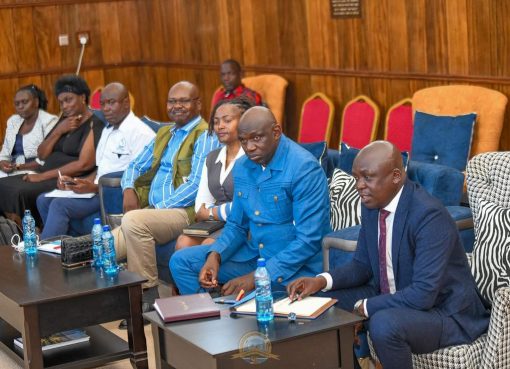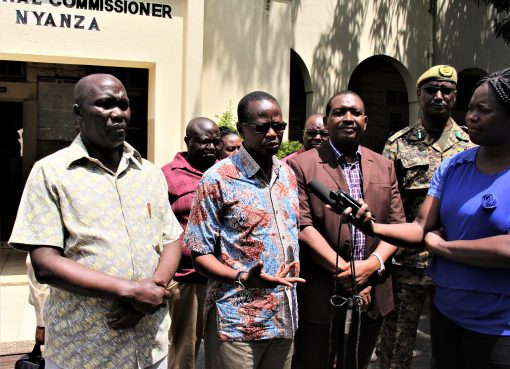Frequent power outages in Kisumu will be a thing of the past upon the completion of Sh300 million substation at Mlimani by June 2019.
Kenya Power Western Region Managing Director, Dan Obiero noted that the new installation would phase out frequent power rationing in the city due to overstretched installations and aged lines.
Speaking during a KPLC open day in Kisumu on Thursday, Obiero said the new substation would serve key areas, including the Central Business District and Obunga and Mlimani estates.
“Population growth coupled with the economic bubble witnessed overtime in Kisumu has put pressure on the existing power infrastructure over time. The Mlimani station will be vital in keeping with the rising demand,” said Obiero.
The region is angled for even more gains in power infrastructure as the Director affirmed progress in the joint venture between KPLC and Kenya Electricity and Transmission Company in the setting up of a 220 KV line to evacuate power from Olkaria through Lesos to Kisumu.
Obiero confirmed that the 300 kilometer line to be constructed at a cost of Sh1.3 billion is expected to be complete by end of 2019 after the companies reached an agreement with land owners who had blocked the work.
The power stability and reliability to be provided by the new station, according to Obiero, gives Kisumu a pedestal in attaining the manufacturing agenda in the country’s Big Four economic pillars.
The county is currently home to key industries among them four sugar millers, Kenya Breweries, Coca Cola bottlers, Crown Paint, and cement, ballast, steel producing industries and is slated for Special Economic Zones.
The development in accelerated power distribution, coming at time when Kisumu is also poised as a major hub for unprecedented economic take off in the region that is anticipated with the opening up of maritime actives in Lake Victoria, comes as good news for Kisumu and investors in the region.
Further, the boom in tourism and trade hinged on the revived western tourism circuit that rides on a multi-modal railway and inland water transport and creating multiple industries would need adequate power infrastructure to sustain.
By Odeke Brian/ Milton Onyango



